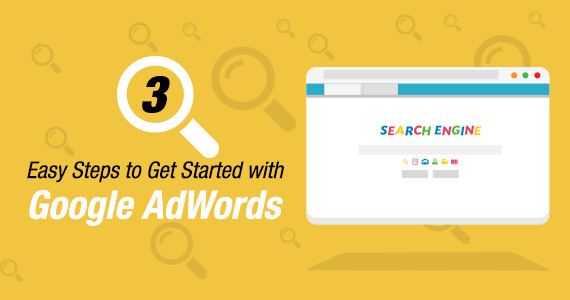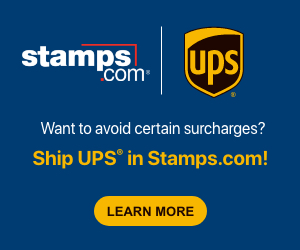 When you start and run an e-commerce site, naturally you dedicate large chunks of your business day to essential tasks such as finding products to sell, website set-up and maintenance, photography and copywriting. But none of these elements mean anything without visitors to your site – and that’s where marketing comes in.
When you start and run an e-commerce site, naturally you dedicate large chunks of your business day to essential tasks such as finding products to sell, website set-up and maintenance, photography and copywriting. But none of these elements mean anything without visitors to your site – and that’s where marketing comes in.
Many new e-commerce sellers are intimidated at the thought of developing and implementing a marketing plan. Fortunately, tools like Google AdWords have made online marketing an intuitive platform that even beginners can use to help drive visitors to your site. Here’s how to get started with Google AdWords.
Step 1: Establish a Google account for your business. The first step is to sign up with Google Analytics, which measures the performance of your AdWords campaigns, plus shows you what you need to do to bump up your marketing and advertising programs. Once Google Analytics has been set up, connect it to Google AdWords.
Step 2: Get your marketing campaign in place. For new e-commerce sellers, breaking down marketing campaigns into small steps makes the process easier. AdWords helps with every step of planning and setting up your campaigns, with detailed instructions and advice about planning, research and execution. Ask yourself which of your products will attract the most attention – for example, your most popular items or trending items on social media like Pinterest. Consider return on investment and margins, too – the product that draws in the most attention and/or sales may not be your flashiest or most expensive item.
Once you have analyzed your products for trends, start thinking like a customer. Use the Google Keyword Planner to analyze the keywords shoppers are using to search for products, then choose your own keywords accordingly to set up your Ad Groups. Next, create an Ad Group for each of your products and ensure your product description copy matches your established keywords. (For example, if you sell handmade soaps, suggested keywords to target could be “handmade,” “soap,” “cosmetics,” “scented” and “gifts.”)
Finally, it’s time to create copy for your ads. Keep in mind that brevity is the name of the game with AdWords, so you’ll have to capture as much of your store and product as possible within 3 lines of characters, plus your display URL. Choose words that invite action from shoppers in the short time before their attention is drawn elsewhere. Using the soap example, here’s a sample that might run in the weeks before Mother’s Day:
Handmade Artisan Soaps
Moms love soaps! 25 herbal scents.
Hand-sculpted. Free shipping!
soapsbyevan.net
Step 3: Go deeper with product listing ads. Once you’ve gotten the hang of AdWords, take your campaign to the next level with product listing ads. Studies have shown that these listings have higher click-through rates than text ads alone, and help provide a leg-up over competitors with text-only ads.
Create a feed for your products and using Google Merchant Center, sync this up with your AdWords account. With only minimal set-up required, this helps your products appear on Google’s Shopping tab on the search page, with photos to help drive purchasing decisions.
To get started with product listing ads, research Shopping campaigns on Google’s Help center, then do a search of item similar to what you sell. This will help you understand what descriptions will work best, plus plan for where your store appears in searches at the price point you want.
The Bottom Line
If marketing your shop sounds intimidating, let AdWords help guide you through the process. Considering its intuitive process and analytics, you may find the costs of using AdWords and the associated Google tools to have encouraging returns when it comes to getting your name and products out to a wider audience.



![[Infographic] Transactional Email Best Practices for E-Commerce Businesses](https://www.ecommerceweekly.com/wp-content/uploads/2014/10/infographic_ecommerce-150x1501.jpg)


